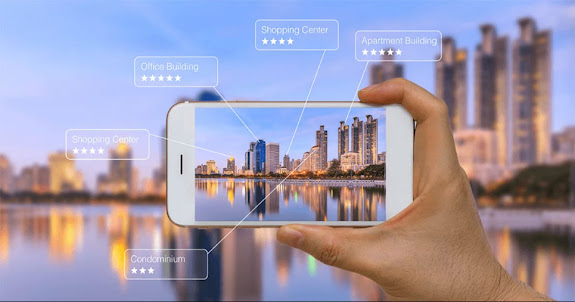Exploring the Use of Virtual Reality in Healthcare
Virtual reality (VR) has come a long way since its inception in the gaming industry. Its potential for creating immersive and interactive experiences has opened up a whole new world of possibilities. One of the most promising areas where VR is being applied is in the field of healthcare. The use of VR in healthcare has been steadily increasing over the years, with more and more healthcare providers realizing its potential. In this article, we will explore the use of virtual reality in healthcare and discuss its benefits, applications, challenges, and future potential.
Advantages of Using Virtual Reality in Healthcare
One of the biggest advantages of using virtual reality in healthcare is its ability to improve patient outcomes. VR can be used in a variety of ways, such as pain management, rehabilitation, and mental health treatment.
Another advantage of using VR in healthcare is its ability to reduce medical errors. VR can be used for surgical training and simulation, allowing healthcare professionals to practice and perfect their skills in a safe and controlled environment. This reduces the risk of errors during surgery and improves patient safety.
Applications of Virtual Reality in Healthcare
Virtual reality has a wide range of applications in healthcare, from pain management to surgical training. One of the most promising areas where VR is being used is in mental health treatment. VR can be used to create immersive and interactive experiences that help patients to overcome their fears and anxieties.
VR can also be used for rehabilitation, especially for patients with physical disabilities. VR can be used to simulate real-world environments and situations, allowing patients to practice their movements and activities in a safe and controlled environment. This can help to speed up the rehabilitation process and improve patient outcomes.
For example, MAGES Studio, a Virtual Reality Company, has developed a VR-based solution called Bliss, which is used to address patient anxiety. Bliss is a non-invasive solution that uses VR to distract patients from their anxiety by immersing them in a calming and relaxing environment.
Examples of Successful Implementation
There are many real-world examples of successful implementation of VR in healthcare. One such example is MAGES Studio’s Bliss VR solution, a tech-based solution to reduce patients’ anxiety levels for pre & post-operative scenarios. Bliss is effective in reducing pain and improving patient outcomes, making it a popular solution among healthcare providers.
Challenges and Limitations
Despite the many benefits of using VR in healthcare, there are also several challenges and limitations. One of the biggest challenges is the high cost of technology. VR equipment and software can be expensive, making it difficult for some healthcare providers to adopt this technology.
Another challenge is the need for specialized training. Healthcare professionals need to be trained on how to use VR equipment and software, which can be time-consuming and costly. This can be a barrier to adoption for some healthcare providers.
Future Potential
Despite the challenges and limitations, the future potential of VR in healthcare is immense. VR has the potential to revolutionize medical education, allowing students to practice and perfect their skills in a safe and controlled environment. It also has the potential to improve telemedicine, allowing healthcare providers to connect with patients in remote locations.
Conclusion
The use of virtual reality in healthcare is still in its infancy, but it has already shown great promise in improving patient outcomes and reducing medical errors. The applications of VR in healthcare are vast and varied, from pain management to surgical training to mental health treatment. Real-world examples, such as MAGES Studio’s Bliss solution, have shown the effectiveness of VR in healthcare.
While there are challenges and limitations to the adoption of VR in healthcare, the future potential is immense. The continued development of VR technology and software, as well as the reduction of costs, will make it more accessible to healthcare providers. With its ability to create immersive and interactive experiences, VR has the potential to revolutionize the way healthcare is delivered and improve patient outcomes.
As a Virtual Reality Company, MAGES Studio is at the forefront of developing VR solutions for healthcare. Its Bliss solution is just one example of the potential of VR in healthcare. As VR technology continues to advance, it is exciting to imagine what the future holds for VR in healthcare and how it will transform the industry.




Comments
Post a Comment